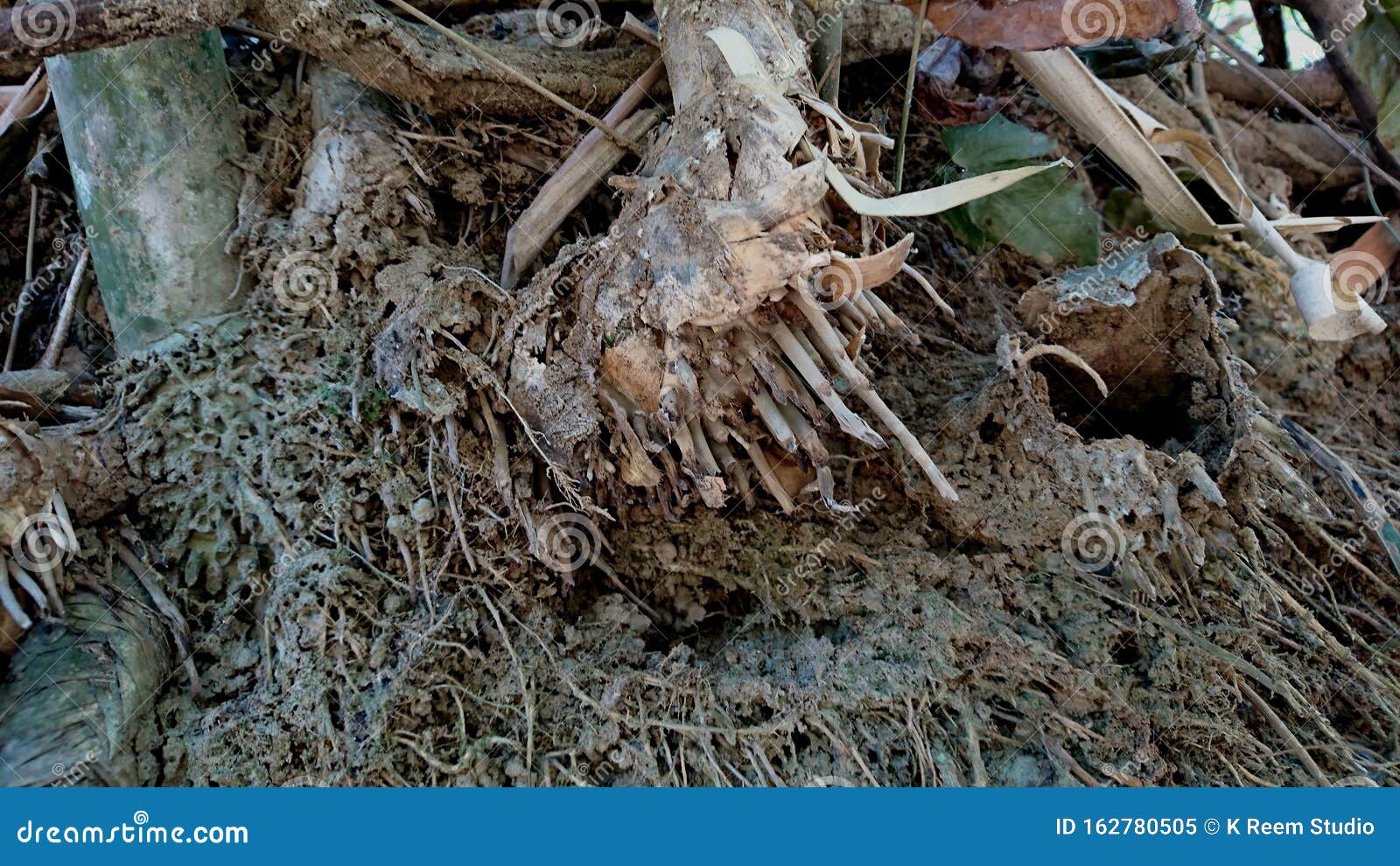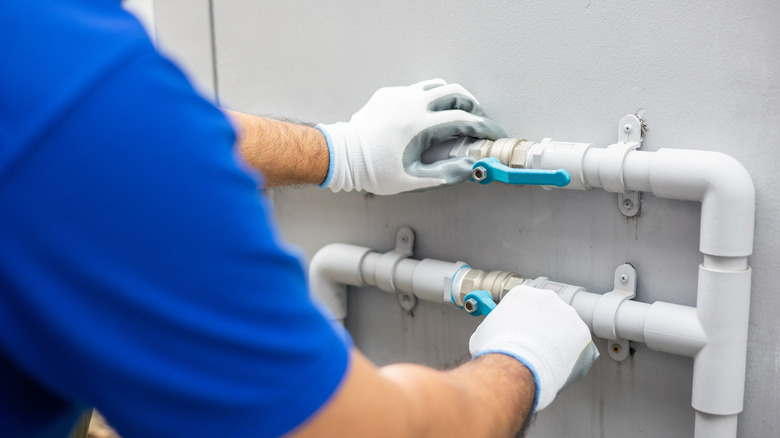Its almost scandalous if you dont go through a bamboo obsession phase. This plant is not only one of the most beautiful you can buy for your home, but it can also grow up to 30 feet tall, making it the star of any show. Though most bamboo plants can tolerate indoor conditions, they have a natural preference for the outdoors. Sad to say, this can lead to a series of very bad things happening to many of your other plants and your home.
Bamboo comes from almost every continent except Europe. It is strong and can grow in almost any situation because it is an invasive, smelly weed. Because it grows so quickly and so aggressively, many homeowners run into countless issues. The plants can grow their way under homes and into cracks and crevices, eventually damaging plumbing and flooring. This happens because bamboos have rhizomes — underground stems that grow horizontally and can create new shoots. These stems can extend undetected for up to 20 feet. Usually, if the bamboo doesn’t like where the soil is, it will run, and it will run hard. It’s clear that putting these plants next to your house or near a significant site can lead to big problems.
With their rapid growth and natural beauty, bamboos are popular ornamental plants for gardens and yards. However, some varieties have aggressive, invasive root systems that can cause serious structural damage if planted too close to a home. In this article, I’ll explain how bamboo roots can damage foundations, pipes, and more if left unchecked.
An Overview of Bamboo Root Systems
There are over 1000 species of bamboo but they generally fall into two root types
-
Running bamboos form a dense mat of rhizomes (underground stems) that spreads out horizontally. Their roots can extend over 30 feet from the base.
-
Clumping bamboos have a more compact root ball that only spreads a few feet at most
Running bamboos are considered invasive due to their rapid growth. The rhizomes creep underground, sending up new shoots. They penetrate cracks and weak areas in foundations, concrete, and asphalt. Homeowners often don’t notice bamboo encroaching until the damage is done.
Major Areas at Risk of Bamboo Root Damage
If running bamboo takes hold near your home, here are some vulnerable spots:
-
Foundations – Rhizomes can worm their way under slabs and basement walls, destabilizing the structure.
-
Sewer/septic lines – Roots can clog and rupture underground pipes.
-
Water lines – Like sewer pipes, water lines are at risk of cracking from bamboo intrusion.
-
Landscaping – Driveways, patios, and retaining walls can all be pushed upwards and cracked by bamboo shoots emerging underneath.
-
Pool plumbing – Any pipes or pumps buried near bamboo are prone to blockages and leaks.
One Reddit user described coming home to find 30 bamboo shoots erupting through their asphalt driveway after a neighbor planted running bamboo! Preventative action is critical.
Signs of Bamboo Root Damage
Watch for these warning signs that bamboo roots may be compromising your home’s structural integrity:
- Cracks in walls, ceilings, or foundations
- Doors and windows sticking or not closing properly
- New shoots emerging from under driveways or patios
- Backed-up drains or leaking water pipes
- Sections of flooring raised unevenly
- Patios tilting or wall bricks becoming dislodged
If you spot any of these issues, inspect for bamboo encroachment right away before it escalates into major repairs. Don’t delay – the longer the roots extend, the worse the damage.
Tips for Controlling Invasive Bamboo Roots
Here are some tips to restrict bamboo root spread if you still want to grow it near your house:
-
Plant clumping bamboo which has a less aggressive root system.
-
Install a rhizome barrier around the bamboo planted at least 30 inches deep.
-
Routinely prune and dig out new shoots that emerge outside the desired bamboo area.
-
Don’t plant bamboo within 50 feet of any buildings, pipes, or structures.
-
Consider above-ground planters which restrict downward root growth.
-
Remove existing bamboo immediately if it’s near structures and showing signs of damage.
It’s smart to check local laws too, as many municipalities prohibit planting running bamboo species or require barriers to control spread. Be a considerate neighbor and don’t let your bamboo invade nearby properties either.
Removing Established Bamboo Near Houses
If running bamboo has already taken hold close to your home, removing it requires a multi-step process:
-
Cut the bamboo stems back to the ground.
-
Dig down to peel up all the rhizomes out to the full spread. Remove every piece or they’ll regenerate.
-
Put up underground barriers around the perimeter to block any remaining roots.
-
Monitor for 3-4 months and promptly remove any new shoots. Persistence pays off.
This work often requires renting a mini excavator to dig deep enough. Professional removal can cost $3,000-$5,000 but is worthwhile to stop extensive damage.
Seeking Damages if a Neighbor’s Bamboo Invades
You have legal recourse if a neighbor’s encroaching bamboo starts harming your property. Write to them requesting they remove it immediately. If they don’t comply, consult a lawyer about pursuing compensation for repairs under nuisance laws. Document all damage and attempts to contact the owners. With persistence, they should cover the removal costs.
Bamboo Damage Horror Stories
To drive home the havoc bamboo can wreak, here are two alarming stories:
-
One couple had to jack up their entire house and rebuild the foundation after bamboo shoots grew beneath the slab, lifting it upward!
-
A homeowner incurred $15,000 in plumbing repairs after bamboo clogged his sewer pipes, flooded the bathrooms, and caused raw sewage backups.
Don’t let this happen to you! Heed the warning signs and control bamboo roots around your residence.
Benefits of Bamboo If Properly Managed
When responsibly contained, bamboo can still be an attractive, useful addition to your landscape. Benefits include:
-
Provides quick privacy as a screen or fence.
-
Filters air pollution and releases oxygen.
-
Controls erosion on slopes.
-
Creates peaceful nature sounds when bamboo stalks sway and clatter in the breeze.
-
Requires very little watering once established.
Just be sure to plant bamboo a safe distance from any structures and use barriers to guide root growth. With vigilance, you can enjoy bamboo’s upsides without damaging your home.
Final Thoughts
Bamboo’s rapid growth and invasive root system make it a risky choice right next to a house or buried utility lines. However, you can still incorporate bamboo into your yard safely with proper precautions like barriers and ample setbacks. Be on high alert for any early signs of bamboo root damage before it mushrooms into an expensive problem. With care, bamboo and homes can co-exist in harmony. But neglecting those running rhizomes can quickly spiral into a homeowner’s nightmare.

Floor and plumbing damage caused by bamboo

For those of us who cant guarantee an extremely solid foundation or live in a bordering neighborhood where others may not have the best maintenance schedules, its best to leave bamboo out of your home garden. First things first, take note of what your bordering neighbors are growing. Like one Reddit user notes, a small 2-foot by 15-foot patch from their neighbors garden quickly turned into hundreds of bamboo canes all across their yard that prohibited their own plants from growing. Taking note of who has bamboo nearby can save you a lot of issues in the future. Though most species are not classified as invasive plants, local laws vary by state — Golden bamboo, for example, is classified as invasive in Maryland, Pennsylvania, West Virginia, Virginia, and Georgia. Check with your housing committee or city council to ensure you are not responsible for future issues caused by your neighbors decision.
But what happens if it gets into your house? If you have bamboo in your yard, damage to your floors and pipes might not be seen until it starts to grow through the cracks in your outdoor structures and retaining walls. Even sprinkler systems, sewage lines, and pipes are unsafe. Even though most sewage pipes are built deeper than 24 inches these days, bamboo roots that are very fibrous dig about 2 feet into the ground and block the pipes’ natural flow. At this point, the best thing to do is call an expert. Bamboo removal is possible, but it can be an expensive process that shouldnt be taken lightly. Without proper excavation, the bamboo will continue to burrow and bury you deeper into property damage debt.
The Secret to Killing Bamboo | NO Chemicals or Machines
FAQ
What is the problem with bamboo roots?
Can you plant bamboo close to a house?
Why shouldn’t you plant bamboo in your yard?
Can bamboo do structural damage?
- A Complete Guide to Caring for Yuki Cherry Blossom Shrub - January 23, 2025
- Identifying Red Hot Poker Seeds: What to Look For When Harvesting Torch Lily Pods - January 23, 2025
- A Complete Guide to Harvesting Evening Primrose Seeds - January 23, 2025
